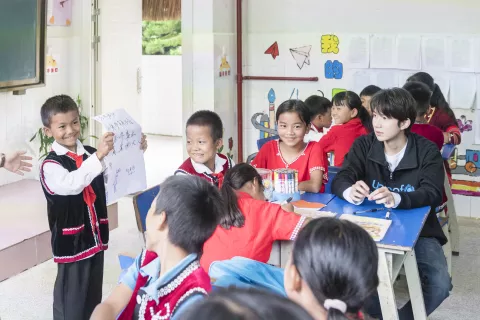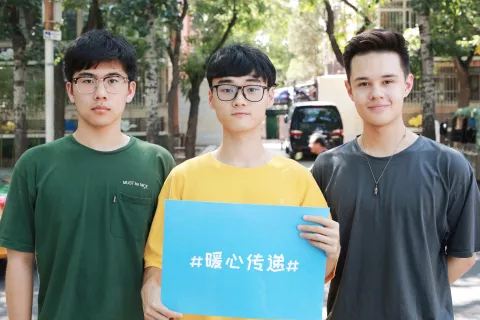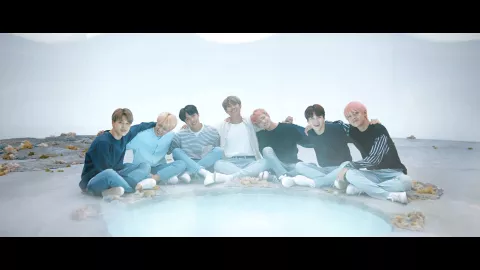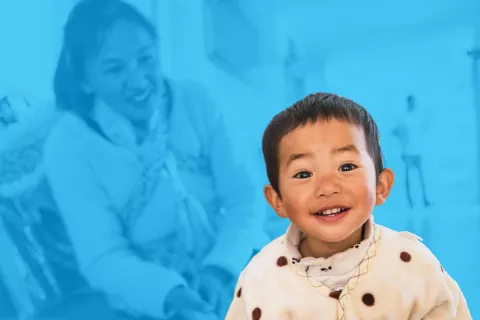What communities can do to end violence
How community members, including teachers, can prevent bullying or violence against children and how to respond when it happens.
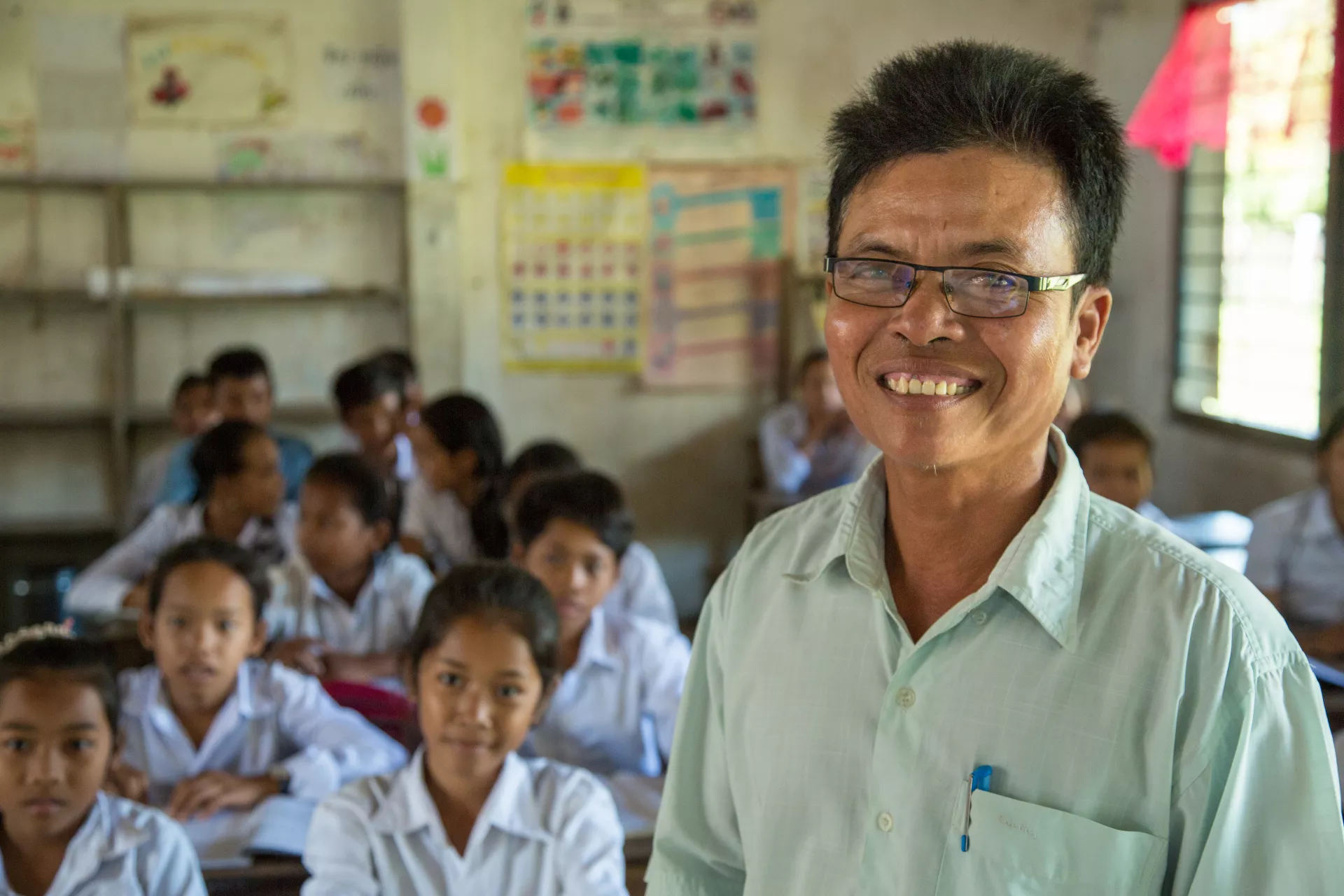
- Available in:
- 中文
- English
Violence against children affects the entire community. A child that experiences violence or is bullied will suffer long-term consequences and this, in turn, can have an impact on the future of the communities where they live. It’s important to keep in mind that violence, exploitation and abuse against children can take many forms including: physically and emotionally violent child discipline, bullying, cyber-bullying, sexual abuse and exploitation, and other harmful practices.
If you live in a community where violence, and bullying in particular, is a concern, here are some of the things you can do to #ENDviolence:
- Nurture attitudes that reject violence and promote non-violent conflict resolution. There are many things you can do to build a culture that does not tolerate violence: Plan a community-wide campaign to raise awareness about violence in the community. Encourage people to practice kindness towards others that are deemed different--either because of ethnicity, disability, sexual orientation or differing religious views. Support positive relationship norms and call out harmful social, cultural and gender stereotypes.
- Help create a safe community. Together with other community members, identify areas where violence often occurs (e.g. including the way to and from school) and find practical solutions for improving safety in these areas such as restricting access to isolated areas, improving lights in public spaces or making sure there are clean, separate public toilets for boys and girls.
- Work with others. Form a multi-sectoral coordinating body such as a community violence prevention committee that can coordinate or organize violence prevention activities that foster kindness and a sense of community rather than hate and violence
- Encourage bystanders to intervene. When bystanders see bullying taking place, they should know not to encourage fighting or give bullies undue attention. As much as possible, bystanders should show support to the child being bullied. They can do so by a number of means: redirecting the bully to a different activity, helping the child get away from the bully, calling an adult or authority to the scene or reporting the incident to a trusted official or unofficial community leader.
- Raise awareness. Make sure that you and other members of your community know where to report (confidentially) and refer children who have been exposed to severe violence. Trusted authorities include: school authorities such as teachers and the principal, the hotline services (12355 for the Youth League, 12338 for the Women’s Federation), social workers, Child Director of your village (if your village has one), and the police.
Some tips in this article were adapted from the World Health Organization's School-based violence prevention: A practical handbook
“I’m opening up to people about this (sexual assault) for the first time...I don’t want any other girl to go through what I went through at school,”
Nqobile, age 18
“Sometimes girls who have been abused are afraid to talk about what happened, and they are treated badly by society. This is because some people believe that the victims intentionally engage in the problem or that maybe they caught a contagious disease.”
Kalkidan, age 14
“You can never take back something you said or something you posted online...I realized how much a word can actually strike a person.”
Angeline, age 18


